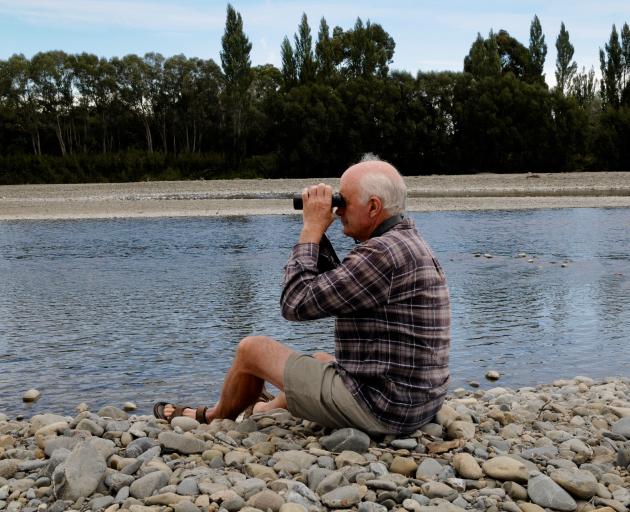
Ashley-Rakahuri Rivercare Group spokesman Nick Ledgard says the recent fires have stripped pests of their cover and exposed natural springs. It provides an opportunity to clear and plant the area properly, and create wetlands.
The fires have cleared the grasses and weeds, without affecting the channels and water flow, and he is eager to move quickly before the ‘‘fire fodder’’ re-establishes.
‘‘If this chance were taken to tidy things up after the fires, we could create natural habitats that would attract all kinds of birds.
‘‘It has been a long-term goal to see if we could coax species like the black stilt and spoonbill back to the riverbed, estuary, and Tuhaitara wetlands,’’ he says.
‘‘We have proposals being considered by the Department of Conservation, but this is the ideal time to act, before the gorse grows back.’’
Nick says the group is hoping there might be an opportunity to talk to Environment Canterbury about what happens next.
The rivercare group lost 37 of its 200 vermin traps to the fires.
‘‘We’re constantly fundraising as it is, to protect the birds, and we haven’t yet had a chance to look at the cost of replacements,’’ Nick says.
‘‘We’ll have to explore how we’re going to make that happen, and quickly enough to stay on top of the pests.’’
He says the fires have had little effect on the birdlife, as their eggs had hatched and fledglings had left their nests.
Major threats to the river birds on the Ashley are hedgehogs, followed by rats, cats, stoats and weasels.
These are targeted using Department of Conservation box traps, with a steel trap mechanism inside, which the group builds itself, both for its own purposes and as a money-earner.
It also uses Timms traps, which are particularly effective in controlling feral cats.













